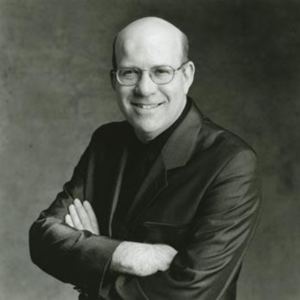Photographer David Levinthal uses figurines, doll furniture and other miniatures to meticulously piece together dioramas that recreate images — or imaginations — of American society. Employing important pieces of Americana, Levinthal seeks to represent collective and idealized notions of American identity with over 70 photographs.
“American Myth & Memory: David Levinthal Photographs” at the Smithsonian American Art Museum, which runs from June 7 until Oct. 14, takes a fascinating look at the icons and events that have shaped American post-World War II identity through an unusual and striking medium: toys.
Levinthal’s retrospective encourages his audience to examine the norms that have dominated American culture. He poses questions about popular culture, womanhood and colonialism through the guise of a playful diorama depicting American culture, with the technique of using focus as a magnifying glass guiding viewers to the sections of pieces that raise these concerns.
This exhibit brings together six different photography projects by Levinthal, spanning from 1984 to 2018: “Modern Romance,” “American Beauties,” “Wild West,” “Barbie,” “Baseball” and “History.”
“Modern Romance” is the first of Levinthal’s American culture explorations, exploring the effect of postwar entertainment, mainly television and movies, on ideas about relationships. Photographs from this set portray hazy, out-of-focus street corners and movie theaters bathed in a warm, dark red glow, creating a dreamlike depiction of the late 1940s and early 1950s.
One untitled photo even depicts a theater advertising the 1951 Hollywood Golden Age dramatic romance “The African Queen,” showing the way in which Levinthal manages to convey the essence of these time periods while still drawing on specific, concrete moments in culture.

Following this set of images is a more concentrated focus on portrayals of American women in “American Beauties.” The figurines that make up this collection include pinups in bathing suits, lounging in a way that implies equal parts innocence and sexuality, with the use of literal dolls making the photos quite literally objectifying. Like in “Modern Romance,” Levinthal’s photographs are blurred except for one strategic area of focus. In one untitled photo, the camera focuses only on the doll’s outstretched legs.
“Wild West” takes a different direction than the previous two projects, departing from images of interpersonal romance to romanticized images of American history and the frontier. A sepia cowboy with an authoritative wide stance and pistol in his hand evokes the sense of rugged individualism and vigilante justice that characterizes retellings of the history of the wild west. Images of rearing horses, the docile prairie woman and the cowboys and Indians rivalry fill out this fantastical notion of the frontier life, and the apparent fabrication of each shot — these are dolls deliberately designed and posed — reflects the historical creation of the narratives that Levinthal represents.
“Barbie” is a rather self-explanatory set of images. Notably, it is the only set that breaks free of Levinthal’s use of limited focus. The stitching and texture of Barbie’s carefully crafted evening gowns and the carefully painted makeup she dons are in clear focus. Photographs of Barbie posing alone, with friends and with dates bring this cross-generational plastic doll to life and point out her longevity and her impossibly effortless lifestyle.
Lastly, and perhaps most powerfully, is Levinthal’s “History,” which identifies defining moments across American history. Levinthal includes both moments of great triumph, like “Washington Crossing the Delaware” and “Iwo Jima,” as well as moments of profound sorrow, including “Dallas 1963” and its depiction of the assassination of President John F. Kennedy and “Helicopter,” a symbol of the Vietnam War. These emotional images are so indelibly etched in the minds of Americans that, in spite of Levinthal’s intentionally blurry recreations, the scenes are immediately recognized with great clarity.
“American Myth & Memory” prompts viewers to reconsider the meaning of American identity. Levinthal shows us which individuals, events and ideas have been exalted in conceptions of American identity to the point that they are static figurines and idols rather than actual, historical people and ideas. Despite all of this questioning, however, he leaves it to the viewer to answer what, or who, has been excluded.
Crucially, Levinthal’s images of American identity through the use of dioramas and toys suggest that our collective memory of American history and culture is, in many ways, highly constructed. The exhibit inspires a critical look at the artificial retellings and glamourized idealizations of American culture that have given credence to particular objects and images as national icons.



















